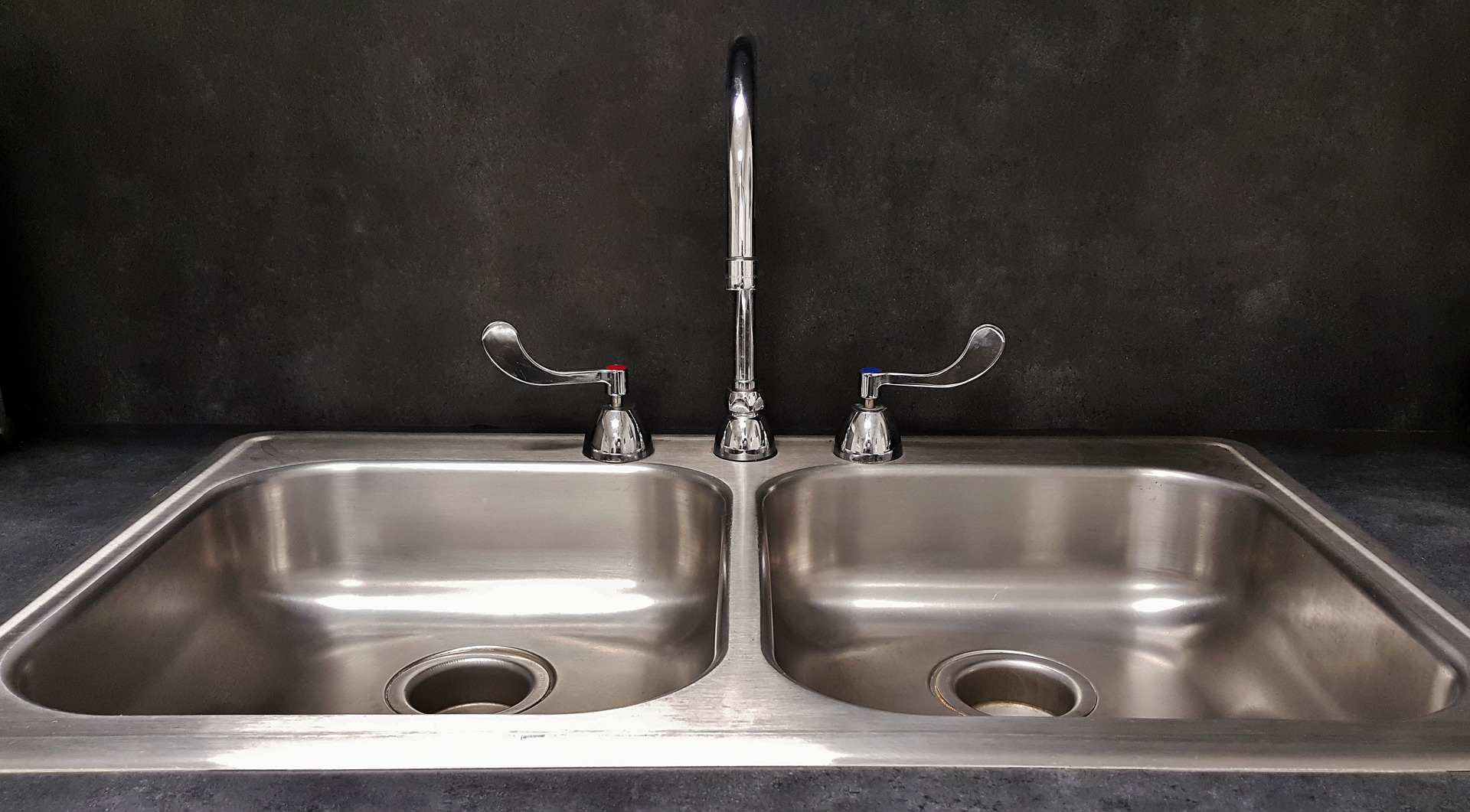When it comes to kitchen design, there is often much confusion about the differences between single and double sinks. The two types of sinks share many similarities, but there are also key differences to consider. Which one you choose depends on your personal preferences, budget, and other factors. Knowing the facts before you make your decision will help you make the best choice for your kitchen.
Both types of sinks have both advantages and disadvantages. For those of you that like to cook, you may find that the double sink is more convenient. However, with only a single sink, you may be lacking in the amount of room you require for food preparation. Whether you are deciding between the two or the single style, here are some pros put together to each sink to help you determine which would best benefit you.
One benefit to double sinks is easy to access to the dishwasher and faucets. With one side of the unit, you simply flip over the basin and you are ready to wash up. The flip side offers more room, but you do sacrifice access to the dishwasher or the faucets. If you want these tools easily, then the single option may be your best bet. Just be sure you always have an open window or door to allow for easy access to these items.
Another advantage of having two sinks is easy moving. If you have to move from under the top counter to the other counter over one day, it is easier to make all of the dishes and pots go from one sink to the other without causing any damage. The flip side to this advantage is that you may find yourself putting more than just the pots and pans on the counter while you are moving the furniture. With a double sink, you are sure to get the job done quicker and more efficiently.
Some disadvantages to double sinks are that they are expensive to install and if you are not planning to use them for very long, it will only take you about two days to install a single bowl sink. Also, when you are choosing the materials for the installation, keep in mind that one color generally prices better than the other. While red does cost less per pound than white or black, choosing the wrong color will make the project more expensive than necessary. The same goes for choosing a metal countertop over a stone countertop, although you will pay a little more for a metal countertop than for a natural stone countertop.
On the flip side of the argument that one-sided dishes are better, there are several pros to using double sinks. For starters, the design saves space since you can place more than one dish on the unit. For instance, you can place a pot on top of your water bowl and then a dishwasher on the countertop, which saves space. On an extreme, you could even use two separate pots, two utensils, and two dishwashers into one sink. Of course, this depends on what you choose as far as which items you put on the tops and which ones you place on the bottom.
A double sink may also be used for purposes other than washing and cleaning dishes. For example, you can put clothes in one basin and linens in another basin. If the clothes are stain-resistant, you can put them in the clean basin without having to rinse them first. This means you do not have to buy separate detergents for cleaning the dishes and for drying them after washing.
There are also benefits for you and your family. Since there are two sinks, you are less likely to accidentally drop any food, utensils, or liquids onto one side. This can cause it to become dirty quickly, especially if the dishes are placed on one side and washed immediately after use. Also, you will have the ability to properly dispose of any dirty dishes by rinsing them down the drain, rather than having to find a way to dispose of them in the sink.



 Bitcoin
Bitcoin  Ethereum
Ethereum  Tether
Tether  XRP
XRP  Solana
Solana  USDC
USDC  Cardano
Cardano  TRON
TRON  Lido Staked Ether
Lido Staked Ether  Avalanche
Avalanche  Toncoin
Toncoin